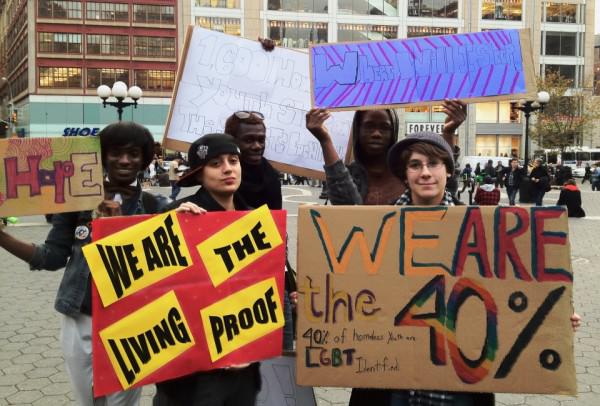Racism
Domestic Violence: Applying the Lens of Race Thoughtfully
We're in the middle of the Week Without Violence, an initiative created by YWCA USA nearly 20 years ago to mobilize people in communities across the United States to take action against all forms of violence, wherever it occurs. In recognition of this initiative, as well as Domestic Violence Awareness Month, Firesteel is exploring the connections between domestic abuse and family homelessness. In line with the YWCA's commitment to social justice and ending racism, we are also interested in looking at domestic violence through the lens of race. We invited Mike Wong and Patricia Hayden from YWCA Seattle | King | Snohomish's Social Justice Accountability Team to contribute today's guest post.
Stand Against Racism: VAWA’s A Starting Point With Further to Go
Today the YWCA’s Stand Against Racism annual event brings together hundreds of thousands of people across the nation, from all walks of life, to call attention to the legacy of discrimination and raise awareness that racism still exists. In the four days leading up to the Stand Against Racism, we examined how discrimination and institutional racism can block violence survivors from accessing housing services and other resources. We've compiled the series for you here, co-authored by YWCA Seattle | King | Snohomish's GirlsFirst and Volunteer Services Coordinator Nanyonjo Mukungu, and YWCA Walla Walla's Communications Coordinator Sara Rasmussen, who became friends while students at Whitman College. Will you take a stand alongside Nanyonjo and Sara? Reading their blog posts is one important way to grow awareness and sharing one or more posts with others is a great way to continue to build that awareness.
Stand Against Racism: What Now?
In our final Stand Against Racism post, Nanyonjo, our YWCA Seattle I King I Snohomish Americorps volunteer, reflects on her own healing process as a survivor of sexual violence. She found support in her community of friends and two organizations that gave her the tools to understand the importance of personal and community accountability. In Nanyonjo's words, "It is a continuous process to be an ally to a survivor, not an end goal. In order for the process of justice to begin, we must examine the way our own communities further rape culture, victim blaming, and the silencing of survivors." Unfortunately not all survivors of violence receive the same support which too often leads to instability and homelessness. Nan calls us to examine how systems of privilege and oppression shape our everyday lives and work towards a world without domestic and sexual violence.
Stand Against Racism: Domestic & Sexual Violence Within Communities of Color
This second post in our Stand Against Racism blog series shares Nanyonjo's personal experience of being re-traumatized by police when she tried to seek justice for sexual assault. Her story is not unique; she writes about how violence survivors who already face oppression -- such as racial, class-based and gender expression discrimination -- are at particular risk of being denied victim status. When victims are not treated as such, they face barriers to accessing the resources they need to heal and remain stably housed.
